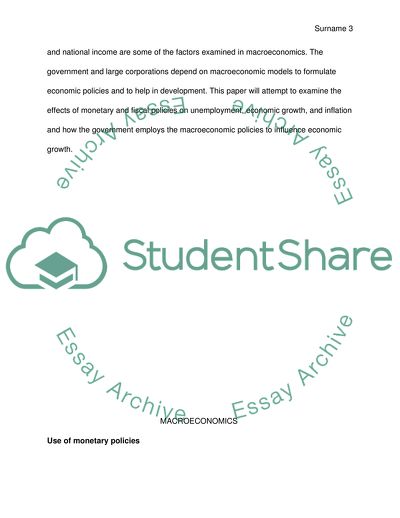Cite this document
(The Use of Monetary Policies Coursework Example | Topics and Well Written Essays - 1500 words - 8, n.d.)
The Use of Monetary Policies Coursework Example | Topics and Well Written Essays - 1500 words - 8. https://studentshare.org/macro-microeconomics/1772820-macroeconomics
The Use of Monetary Policies Coursework Example | Topics and Well Written Essays - 1500 words - 8. https://studentshare.org/macro-microeconomics/1772820-macroeconomics
(The Use of Monetary Policies Coursework Example | Topics and Well Written Essays - 1500 Words - 8)
The Use of Monetary Policies Coursework Example | Topics and Well Written Essays - 1500 Words - 8. https://studentshare.org/macro-microeconomics/1772820-macroeconomics.
The Use of Monetary Policies Coursework Example | Topics and Well Written Essays - 1500 Words - 8. https://studentshare.org/macro-microeconomics/1772820-macroeconomics.
“The Use of Monetary Policies Coursework Example | Topics and Well Written Essays - 1500 Words - 8”. https://studentshare.org/macro-microeconomics/1772820-macroeconomics.


